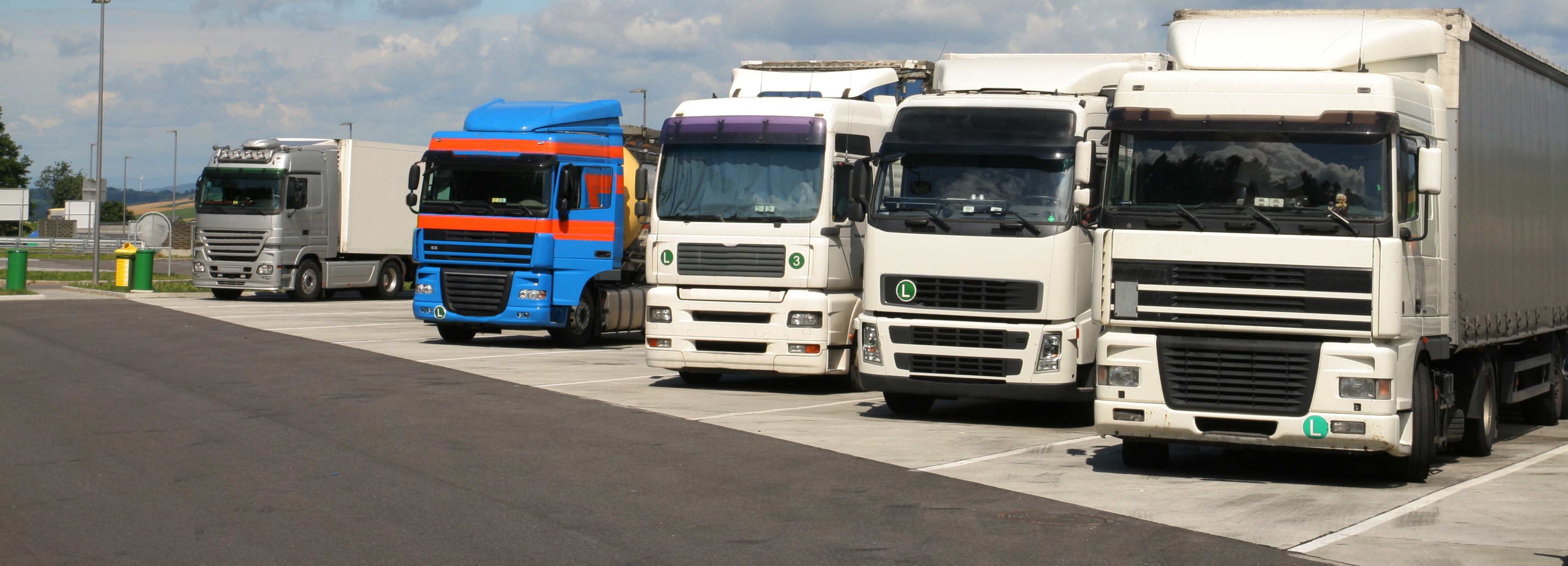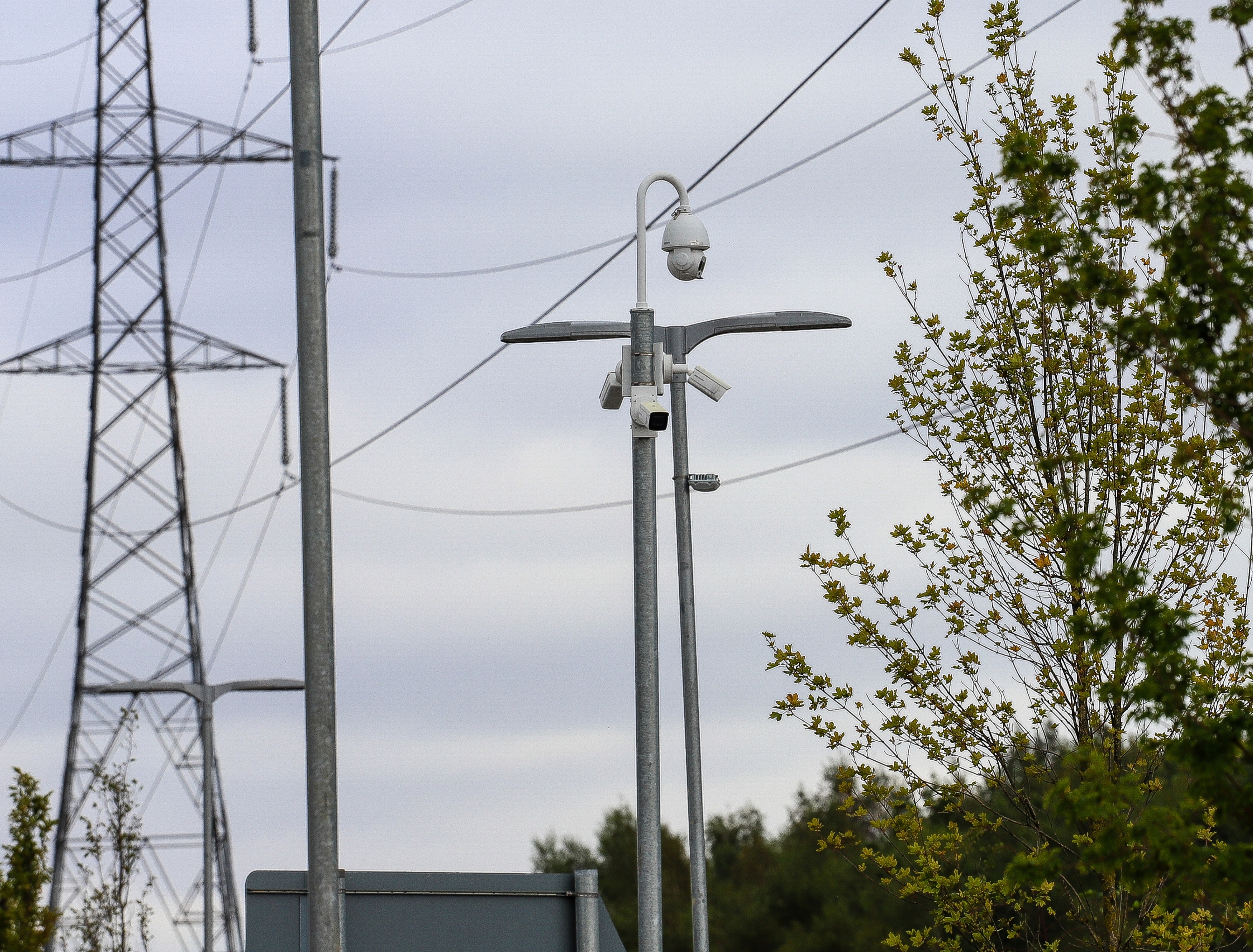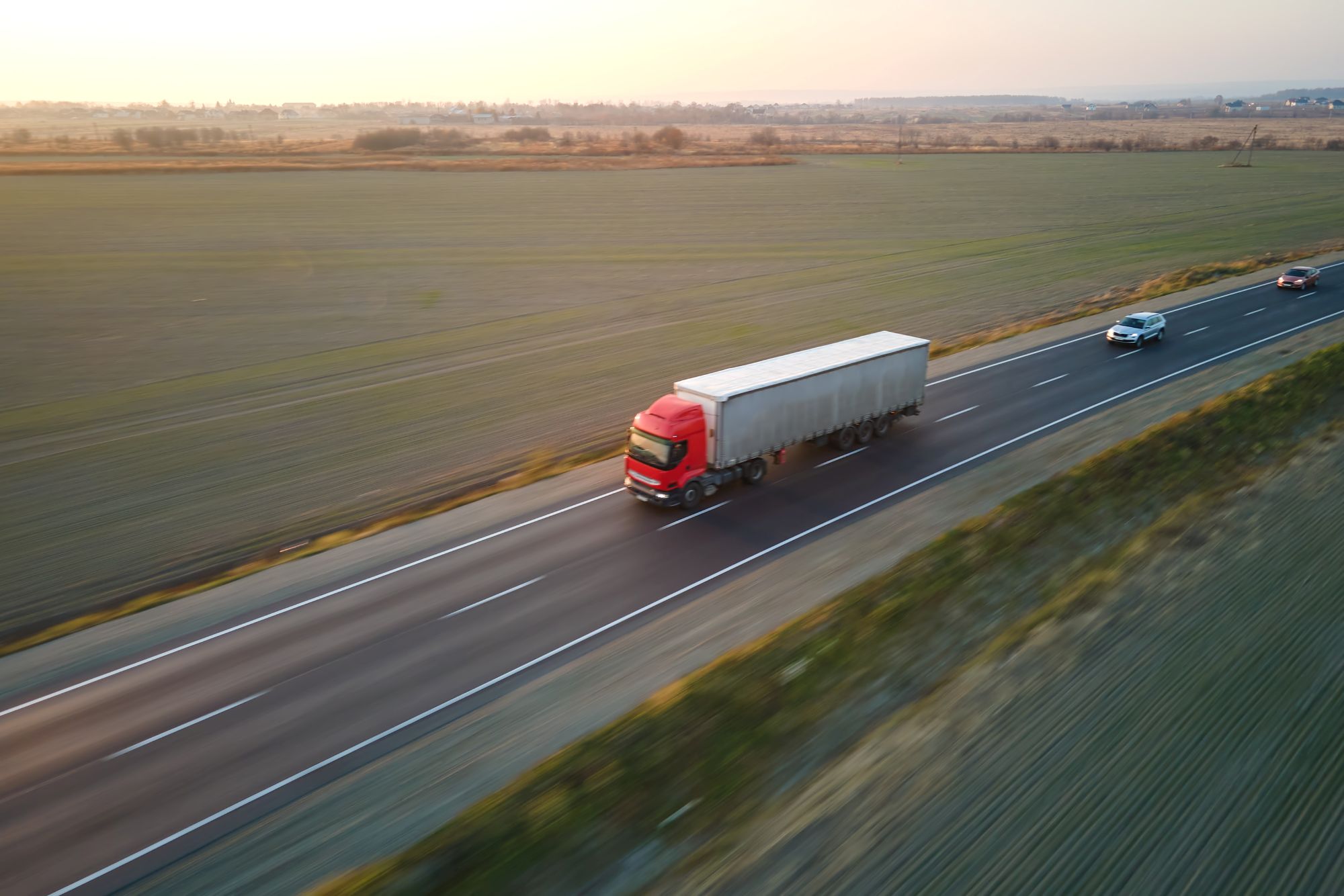
Miranda Blake
¿Qué se considera "aparcamiento seguro para camiones"? Los conductores hablan
Creado: 09/12/2024
•
Actualizado: 09/12/2024
Uno de los mayores retos a los que se enfrentan los conductores es encontrar aparcamientos seguros. [Una encuesta realizada por organismos de control del sector (https://d3cez36w5wymxj.cloudfront.net/wp-content/uploads/2024/11/04184443/Lorry-Driver-Facilities-Survey.pdf) reveló que muchos consideran que la seguridad en las paradas de camiones no es satisfactoria.
Profundicemos en los diversos aspectos que contribuyen a la seguridad del estacionamiento de camiones desde la perspectiva de los conductores, explorando las medidas y comodidades esenciales. Además, estudiaremos el entorno general que fomenta la sensación de protección.
El papel del aparcamiento de camiones en la logística
Los camioneros necesitan aparcar para cumplir la estricta normativa sobre periodos de descanso. Además, necesitan lugares donde puedan descansar, repostar y refrescarse sin temor a robos o actos vandálicos. Dado que aproximadamente el 81% de las mercancías se transportan por carretera, la demanda de aparcamientos seguros para camiones es realmente crucial para el éxito del sector.
Unas medidas inadecuadas pueden tener graves repercusiones, como el robo de la carga, daños al vehículo y problemas de seguridad personal. Esto ha provocado que los conductores expresen con frecuencia su frustración: puede disuadirles de hacer descansos y, en última instancia, afectar a su rendimiento en la carretera.
Medidas esenciales
Un aspecto fundamental del estacionamiento seguro de camiones es la implantación de barreras físicas. Un sólido vallado del perímetro es vital para impedir el acceso no autorizado. Los puntos de entrada y salida controlados, como las puertas que requieren acceso con tarjeta o código, son una necesidad. Estas medidas reducen considerablemente la probabilidad de intrusiones y aumentan la seguridad general.
También es imprescindible una iluminación eficaz. Las zonas bien iluminadas disuaden de la actividad delictiva y proporcionan a los conductores una sensación de protección y confianza para circular por las paradas de camiones, sobre todo durante la noche.
La videovigilancia integral es otro aspecto importante. Las cámaras de CCTV deben cubrir todo el aparcamiento, lo que permite una vigilancia y grabación constantes de las actividades. Muchos camioneros aprecian saber que sus vehículos y su carga están vigilados las 24 horas del día, los 7 días de la semana, ya que puede resultar un eficaz elemento disuasorio para posibles delincuentes.
La presencia de personal de seguridad formado añade una capa adicional de protección. Los guardias pueden responder rápidamente a los incidentes, prestar asistencia y mantener una presencia visible que aumenta la sensación general de seguridad. Los camioneros suelen estar más tranquilos sabiendo que hay profesionales in situ para gestionar cualquier problema que pueda surgir.
Disponer de sistemas de comunicación de emergencia fácilmente accesibles es clave: debe haber cabinas de llamada de emergencia o sistemas de intercomunicación que permitan a los conductores ponerse rápidamente en contacto con los servicios de seguridad o de crisis en caso necesario. En zonas remotas, donde la asistencia inmediata puede no ser fácil de conseguir, esta característica es especialmente importante.

Características adicionales
Los aseos y duchas limpios y en buen estado también son muy valorados, especialmente en los viajes largos. Las medidas deben extenderse a estas instalaciones para garantizar que estén cerradas y vigiladas, lo que no sólo aumentará la comodidad del conductor, sino que también contribuirá a su sensación general de seguridad.
Aunque no están directamente relacionados con el aparcamiento seguro para camiones, los servicios adicionales pueden mejorar significativamente la comodidad general de una zona de aparcamiento. Las opciones de comida y bebida, el acceso WiFi y las conexiones eléctricas para remolques frigoríficos hacen que el espacio sea más acogedor. Los servicios básicos de mantenimiento también pueden ser beneficiosos, ya que permiten a los camioneros resolver problemas menores sin salir de las instalaciones.
Crear un entorno mejor
Un aparcamiento de camiones seguro también debe ocuparse eficazmente de los conductores. Muchos afirman sentirse infravalorados en determinados lugares, lo que puede repercutir negativamente en su experiencia. Los que tratan a los camioneros con respeto y ofrecen un ambiente agradable fomentan la repetición de las visitas y la fidelidad.
Invertir en la formación del personal es imprescindible para mejorar este aspecto. Los empleados deben comprender las necesidades específicas de los camioneros y saber cómo ofrecer un excelente servicio al cliente.
Responder a las preocupaciones de los conductores
Es importante saber que las mujeres conductoras, que representan un pequeño porcentaje de la mano de obra del transporte por carretera, a menudo se enfrentan a retos adicionales en materia de seguridad. Muchas mujeres dicen sentirse inseguras en entornos predominantemente masculinos, sobre todo cuando las paradas de camiones carecen de medidas de seguridad adecuadas.
Otra consideración es que algunos camioneros tienen necesidades dietéticas específicas. Por eso, ofrecer opciones de comida sana y atender a las distintas necesidades dietéticas puede mejorar su experiencia y contribuir al bienestar positivo de los conductores.
El futuro del aparcamiento seguro de camiones
Innovaciones como los sistemas de vigilancia inteligentes, los controles de entrada automatizados y la supervisión en tiempo real pueden mejorar significativamente las medidas. Las paradas de camiones que invierten en soluciones como estas tienen más posibilidades de atraer a más flotas y conductores que buscan opciones seguras.
Para hacer frente a los retos que se plantean en este ámbito es necesaria la colaboración entre diversas partes interesadas, como organismos públicos, empresas de logística y operadores de aparcamientos. Trabajando juntos, estos grupos pueden desarrollar estrategias integrales para mejorar la seguridad y la experiencia global de los camioneros.
Abogar por cambios políticos que den prioridad a las necesidades de los conductores es crucial para crear entornos más seguros. Las organizaciones del sector y los grupos de defensa pueden desempeñar un papel importante a la hora de concienciar sobre la importancia del estacionamiento seguro de camiones e impulsar cambios legislativos que apoyen las mejoras de las infraestructuras.
Encontrar servicios seguros
En SNAP, damos prioridad a la seguridad de los conductores y ayudamos a los aparcamientos de camiones a hacerlo a través de nuestra división especializada en Acceso y Seguridad. Desde cámaras y software ANPR hasta terminales de pago, pasando por barreras, sistemas de entrada y sistemas de cámaras de CCTV, pondremos en marcha todo lo necesario para proteger mejor a los camioneros, los vehículos y la carga en paradas de camiones, MSA, depósitos de flotas, etc.
Puede obtener más información sobre SNAP Acceso y Seguridad aquí, o descubrir nuestros otros servicios (como aparcamiento y lavado) en el sitio web de SNAP.



